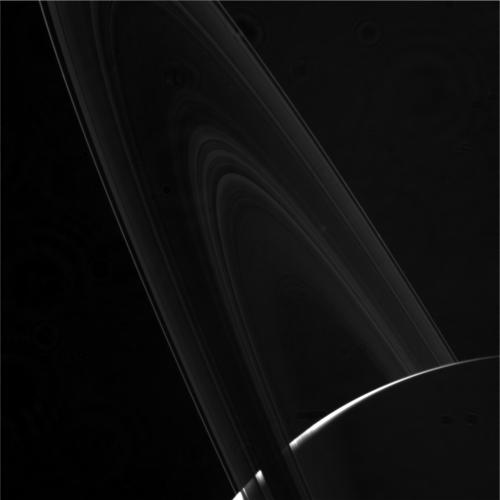Image Credit: NASA/JPL-Caltech/Space Science Institute
Back in August 2014, I mentioned this roundtable at the Technion ( Is Deep Learning the Final Frontier and the End of Signal Processing ? ). Then Yoshua provided his view on Deep Learning. Two years and half later, Miki just wrote the following op-ed in SIAM News: Deep, Deep Trouble: Deep Learning’s Impact on Image Processing, Mathematics, and Humanity. It is difficult to understate how much of The Great Convergence we are witnessing. This is how it starts.
I am really confused. I keep changing my opinion on a daily basis, and I cannot seem to settle on one solid view of this puzzle. No, I am not talking about world politics or the current U.S. president, but rather something far more critical to humankind, and more specifically to our existence and work as engineers and researchers. I am talking about…deep learning.....
.....Now back to the main question: should we be pleased about emerging solutions based on deep learning? Is our frustration justified? What is the role of deep learning in imaging science? These questions present themselves when researchers in the community meet at conferences, and the answers are diverse and confusing. The facts speak loudly for themselves; in most cases, deep learning-based solutions lack mathematical elegance and offer very little interpretability of the found solution or understanding of the underlying phenomena. On the positive side, however, the performance obtained is terrific. This is clearly not the school of research we have been taught, and not the kind of science we want to practice. Should we insist on our more rigorous ways, even at the cost of falling behind in terms of output quality? Or should we fight back and seek ways to fuse ideas from deep learning into our more solid foundations?
To further complicate this story, certain deep learning-based contributions bear some elegance that cannot be dismissed. Such is the case with the style-transfer problem, which yielded amazingly beautiful results, and with inversion ideas of learned networks used to synthesize images out of thin air, as Google’s Deep Dream project does. A few years ago we did not have the slightest idea how to formulate such complicated tasks; now they are solved formidably as a byproduct of a deep neural network trained for the completely extraneous task of visual classification.

No comments:
Post a Comment